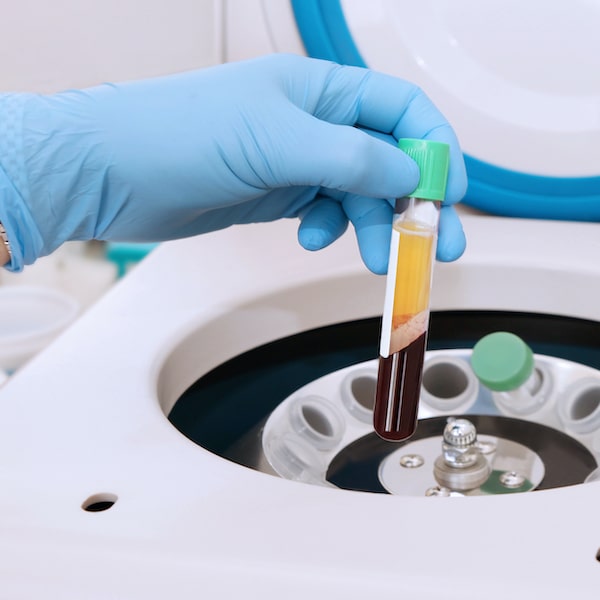PRP's Promise in Fertility Treatment

Known more widely for its use in beauty treatments such as facial rejuvenation and hair restoration, as well as the treatment of muscle strain injuries, platelet-rich plasma (PRP) is being evaluated as a solution for the two most difficult fertility issues: low ovarian function and poor uterine lining.
While egg donation and surrogacy can address those problems, not all patients see them as acceptable or affordable. PRP therapy, however, relies on the body’s own resources — platelets, specifically, which are found in blood — to improve the odds of a successful pregnancy by addressing diminished ovarian reserve and thickening uterine lining.
Egg quality and quantity can diminish with age, driving down the chances of pregnancy for patients in their 30s and 40s. Some younger women naturally suffer from premature ovarian failure, low hormone levels, or unexplained infertility, as well. Platelets, which contain a growth factor to stimulate healing, can help offset these issues. Some patients choose PRP treatment to address their own poor egg quality and/or quantity before resorting to searching for an egg donor.
Injected directly into the ovaries using the same ultrasound-guided method used for egg retrieval, PRP stimulates stem cells and can improve the quantity of viable eggs and increase one’s chances of becoming pregnant. PRP can even, in some cases, restore menstrual cycles.
To determine whether a patient is a candidate for ovarian rejuvenation using PRP, a fertility clinic should conduct a blood test, perform an ultrasound, and conduct a full review of the patient’s treatment history — all standard components of fertility testing. Once PRP is administered, the clinic will monitor the changes in the patient’s hormone levels and repeat the ultrasound to determine that the treatment is working, and then calculate the appropriate time for an IVF cycle.
A thicker endometrial lining is more likely to receive a fertilized egg but also provides greater nourishment for an embryo. For patients who have a thinner lining and a history of failed embryo transfers, a series of PRP treatments within a week of an embryo transfer may thicken the uterine lining and increase the chances of a successful pregnancy. Through the same type of catheter used for intrauterine insemination, or IUI, PRP is slowly introduced into the uterus; the process takes only minutes.
Fortunately, collecting platelets is simple and it can be done at the fertility clinic. The patient’s blood is drawn, then placed in a centrifuge that separates the platelets from the red and white blood cells. PRP is then extracted from those platelets and administered to the patient, sometimes on the same day. Any plasma left over after treatment can be frozen for future use.
The use of PRP in the treatment of infertility is still a fairly new practice and considered experimental with no proven benefit yet; however, it could address some of the most common barriers to successful pregnancy and is one of the most promising advances in fertility treatment in recent years.
